It is a good thing that Friday June 20 was the longest day of the year. Because I needed all of those minutes of daylight to observe three classes at Shaan'xi Normal University Jinyuan International School in Xi'an, participate in morning exercises, get a tour, have lunch in the school lunchroom, dance with children, sing with children, and completely goof up the Chinese language. I've given a careful overview of some individual classes I have observed earlier. Today, I'd like to describe some of the major differences I have noticed between Chinese and American classrooms.
The most obvious difference is size. Chinese classrooms have 50% to 100% more students than an American classroom at the same grade level. Different teachers and different schools accommodate the size difference in a variety of ways. In general, Chinese classrooms are more teacher-centered with most student-teacher interaction being drill and practice. But, that style is not a given. The 3rd grade math class I observed at Jinyuan Primary School was as progressive as a well-taught American class. Even in a class of 39, the teacher allowed the students to explore concepts, share ideas with each other, and develop a method to compare areas by themselves. Here is the 3rd math teacher working with a small group of students. Yes, I wrote 3rd grade math teacher. Even at the elementary school level, there are specialists for each subject. The children stay together as a group throughout the day. In some (perhaps most – I'm not sure) schools, the children stay together for their entire stay in elementary school.
Students do a lot of reading together from the screen and answering questions in unison. Sometimes it feels like the class is being run from a script. It is very easy for a student to simply say the words and not know the meaning. Or, even to not say the words at all.
Even in the more interactive classes, I have not seen a single student raise a hand to ask a question. This is a common occurrence in American classrooms.
There is very little student to student interaction in Chinese classrooms. The primary mode of information transfer is from teacher to student. The secondary mode of information transfer is from student to teacher. There is a lot of reading together and answer reciting in unison. Sometimes I was not sure if I was in a classroom or a cheer competition with the teacher saying something and the students all responding back in unison. Almost always, when a student says something in class, she or he stands up. This is a 7th grade Chinese literature class.
Fitness and exercise is an important part of the day in elementary school. Every morning, they have 45 minutes of teacher-led exercise. I observed all 1,127 students and 60 teachers at Jinyuan Primary School out on the soccer field moving in unison. I must admit, it reminded me a little bit like a military exercise. As much as elementary school children can pay attention and move in unison for 45 minutes, they did. This must pay off. China is a very thin country. There is definitely no obesity problem with children or adults in China like there is in America.
Safety was lax in the 10th grade chemistry classroom. The students didn't wear goggles. The teacher did not wear goggles or gloves despite working with a burner, a hot liquid, hot glass, and lighting the liberated hydrogen gas on fire.
In summary, Chinese teachers and students work very hard in classrooms that are much larger than in America. The classes are well organized and orderly – too orderly for me. Learning can be a chaotic process. Too much structure can inhibit the creative aspect of learning.


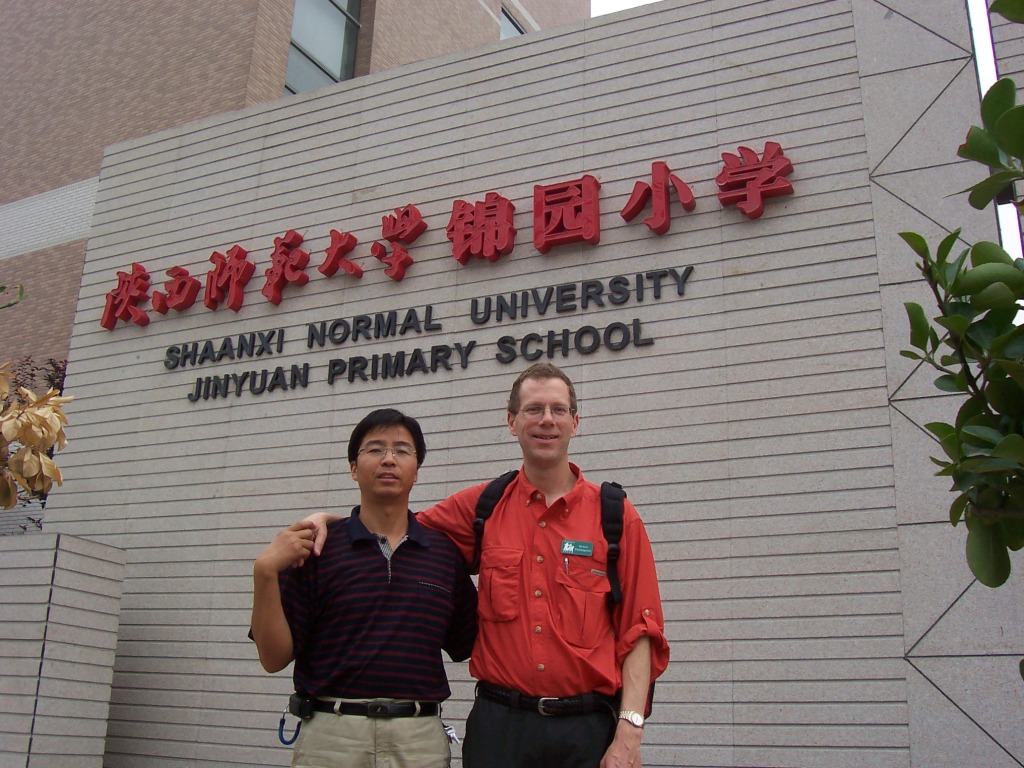

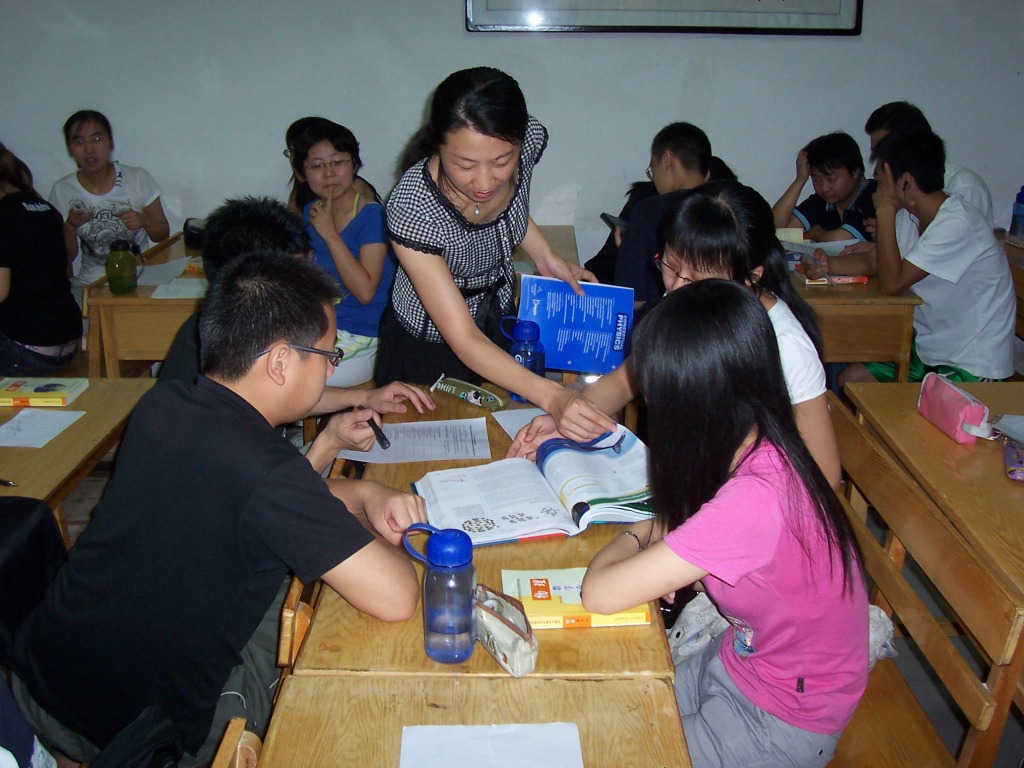
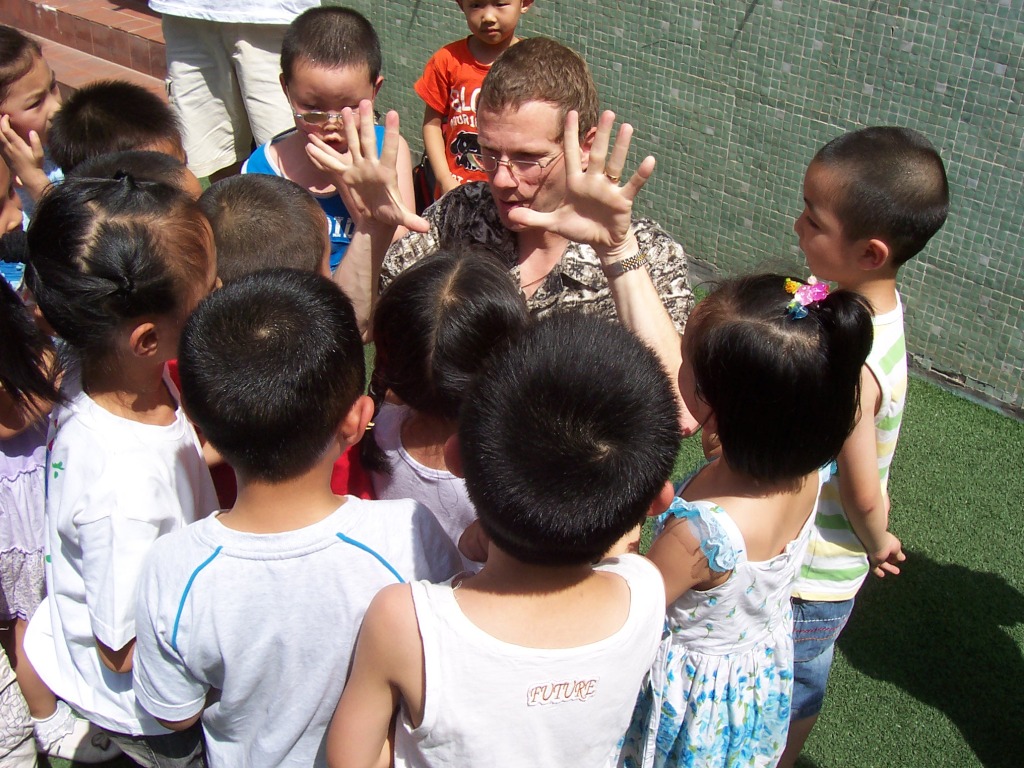
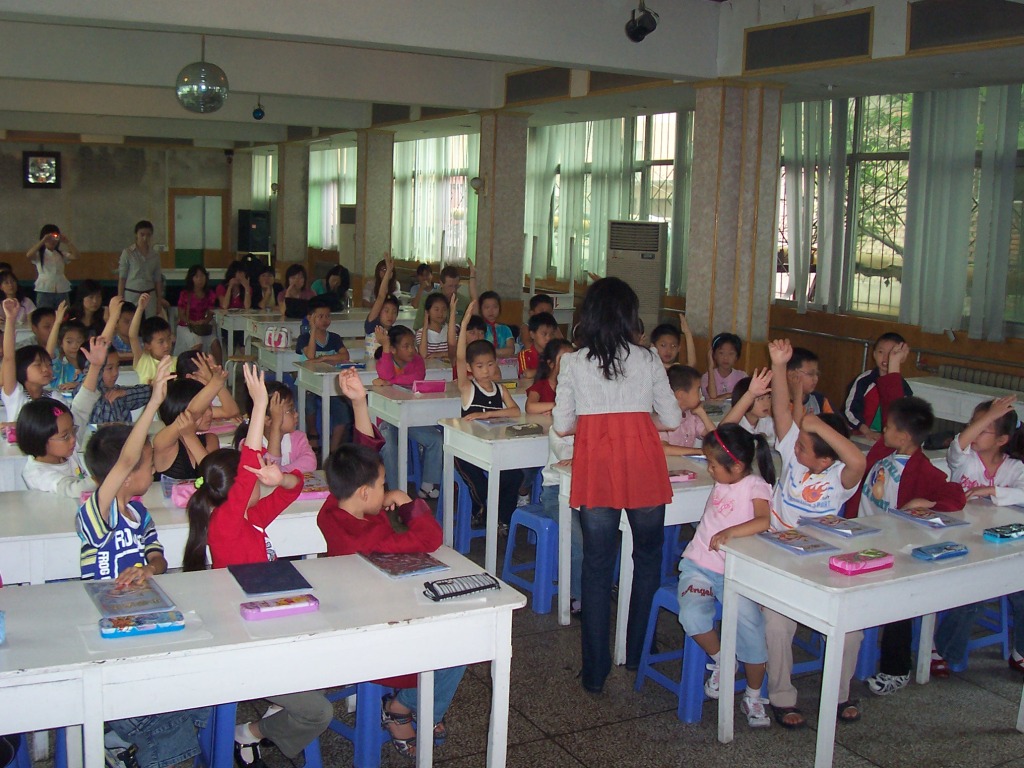
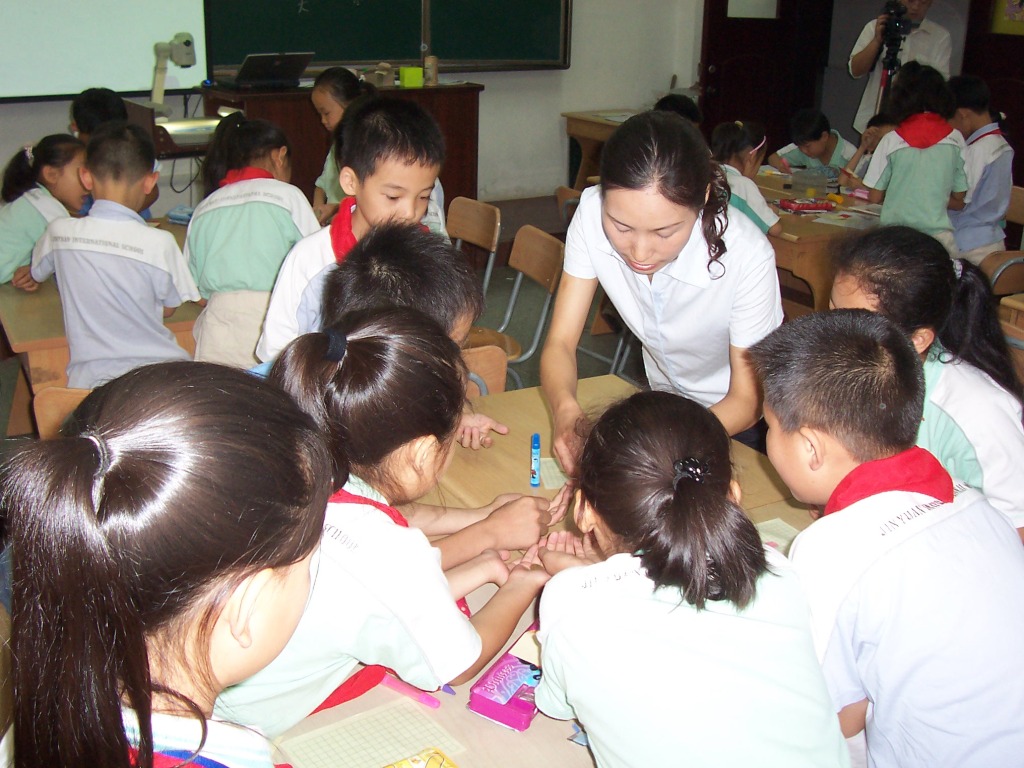
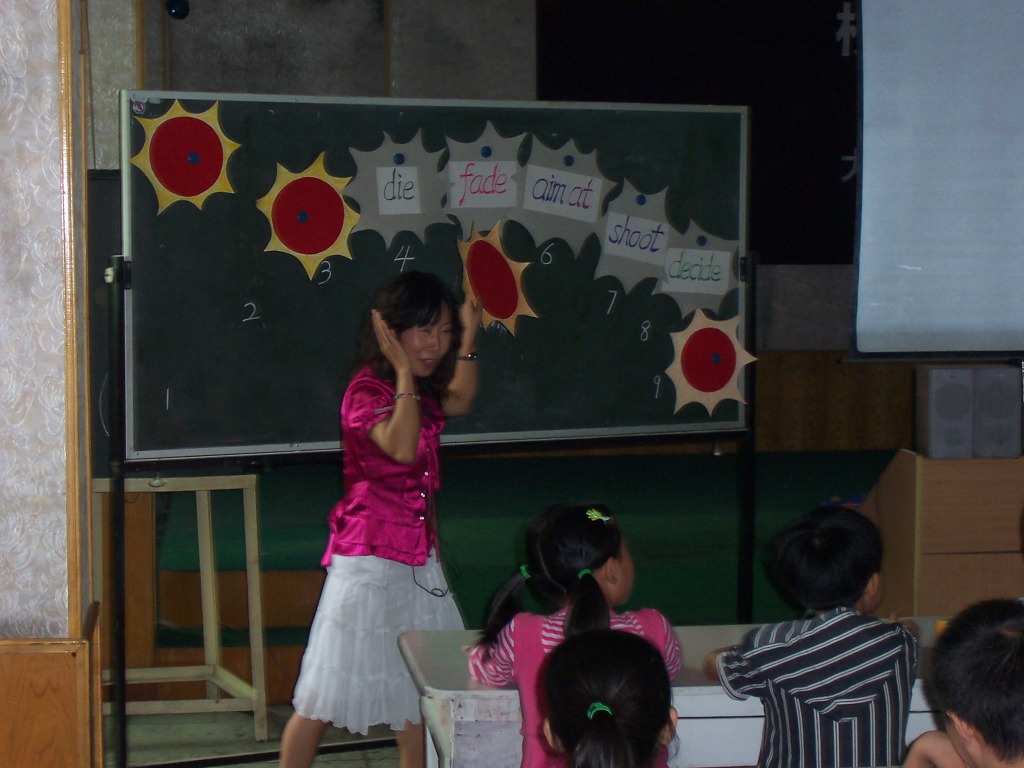


No comments:
Post a Comment